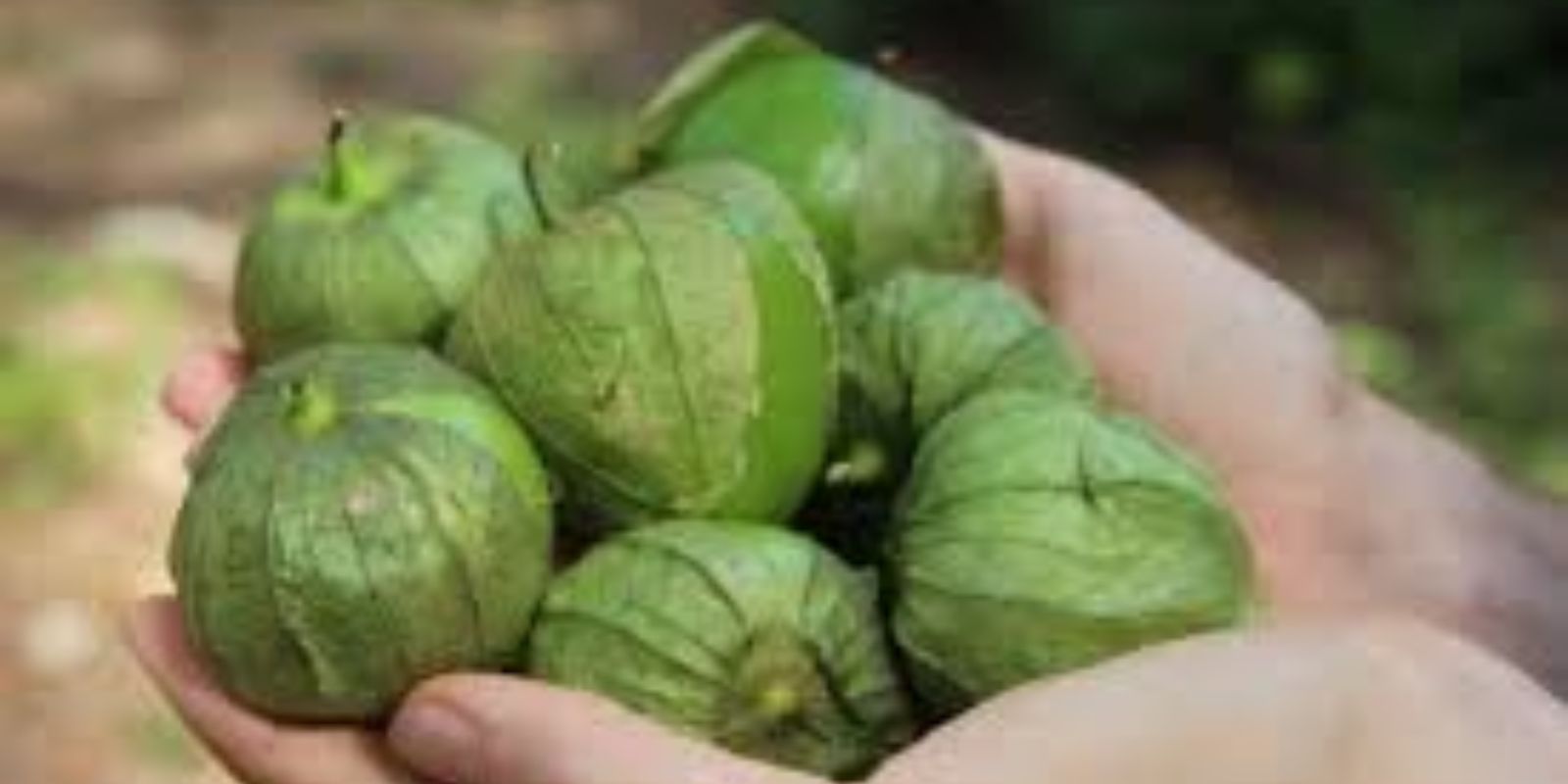Tomatillos (Physalis philadelphica) are a staple in Mexican cuisine, known for their tart flavor and essential role in salsa verde. These hardy plants thrive in warm climates, making Central Texas an ideal region for growing them. Whether you are a beginner gardener or an experienced grower, this guide will help you cultivate a healthy and productive tomatillo crop right in your backyard.
Understanding Tomatillos
Tomatillos are small, green or purple fruits enclosed in a papery husk. They belong to the nightshade family, like tomatoes and peppers, but have unique growing requirements. Unlike tomatoes, tomatillos require cross-pollination, so planting at least two or more plants is essential for fruit production.
Selecting the Right Variety
Before planting, choose a tomatillo variety suited for the Central Texas climate:
- Toma Verde – A common green variety with a mild tartness.
- Purple Tomatillo – A sweeter variety that turns deep purple when ripe.
- Rio Grande Verde – A heat-tolerant variety perfect for Texas gardens.
When to Plant Tomatillos in Central Texas
Tomatillos are warm-season crops that thrive in temperatures between 70-90°F. The best time to plant tomatillos in Central Texas is:
- Spring Planting: Late February to April (after the last frost)
- Fall Planting: Late July to early August (for a second harvest before the first frost)
Tomatillos require a long growing season, typically 75-100 days to mature.
Choosing the Right Location
Tomatillos need full sun to produce a bountiful harvest. Select a location with:
- At least 6-8 hours of direct sunlight daily
- Good air circulation to prevent fungal diseases
- Protection from strong winds, which can damage delicate stems
Soil Preparation
Healthy soil leads to healthy tomatillo plants. Here’s how to prepare your soil:
- Well-Draining Soil: Tomatillos prefer sandy-loam or well-draining soil to prevent root rot.
- pH Level: Keep the soil pH between 6.0-7.0 for optimal nutrient absorption.
- Organic Matter: Mix in compost or aged manure to enrich the soil and improve fertility.
- Mulching: Apply mulch to retain moisture and regulate soil temperature.
Planting Tomatillos
- Start Seeds Indoors: If planting in early spring, start seeds indoors 6-8 weeks before the last frost date.
- Transplanting: Once temperatures remain above 50°F at night, transplant seedlings outdoors, spacing them 2-3 feet apart.
- Direct Seeding: In warm weather, you can sow seeds directly into the soil.
Watering Requirements
Consistent watering is essential for tomatillo growth. Follow these guidelines:
- Water deeply 1-2 times per week, ensuring the soil remains moist but not soggy.
- Use drip irrigation or water at the base to prevent fungal diseases.
- During hot Texas summers, increase watering frequency to prevent heat stress.
Fertilizing Tomatillos
Feed your tomatillo plants to promote vigorous growth:
- Apply balanced fertilizer (10-10-10) at planting.
- Once flowering begins, switch to a phosphorus-rich fertilizer for better fruit development.
- Avoid excess nitrogen, as it encourages leafy growth at the expense of fruit.
Providing Support
Tomatillo plants can become sprawling and benefit from support:
- Use tomato cages or stakes to keep plants upright.
- Train vines onto trellises to save space and improve airflow.
- Regularly prune excess foliage to allow more sunlight to reach the fruits.
Pollination and Fruit Set
Since tomatillos require cross-pollination, ensure proper fruit set by:
- Planting at least two or more tomatillo plants together.
- Encouraging pollinators like bees and butterflies by growing flowers nearby.
- Hand-pollinating with a small brush if natural pollination is insufficient.
Common Pests and Diseases
Tomatillos are generally pest-resistant but can occasionally face issues like:
- Aphids: Control with insecticidal soap or neem oil.
- Hornworms: Pick off by hand or introduce beneficial insects like ladybugs.
- Fungal Diseases: Avoid overhead watering and provide good air circulation.
- Root Rot: Prevent by ensuring well-draining soil and not overwatering.
Harvesting Tomatillos
Tomatillos are ready to harvest when:
- The husk turns brown and papery, and the fruit fills out inside.
- The fruit feels firm and easily detaches from the plant.
- Green tomatillos are tart, while purple varieties develop a sweeter flavor.
Tip: If left too long, tomatillos can over-ripen and fall off the plant, so check them regularly!
Storing and Using Tomatillos
- Refrigeration: Store fresh tomatillos in a paper bag in the fridge for up to 2 weeks.
- Freezing: Husk, wash, and freeze whole tomatillos for long-term storage.
- Cooking: Use them in salsa verde, soups, stews, or roasted for a unique smoky flavor.
Final Thoughts
Growing tomatillos in Central Texas is rewarding and straightforward with the right approach. By selecting a sunny location, providing proper support, and ensuring cross-pollination, you can enjoy a bountiful harvest of fresh tomatillos right from your garden.
🌿 Ready to grow your own tomatillos? Share your experiences and tips below! 🌱👇 #TomatilloGrowing #CentralTexasGardening #GrowYourOwnFood

